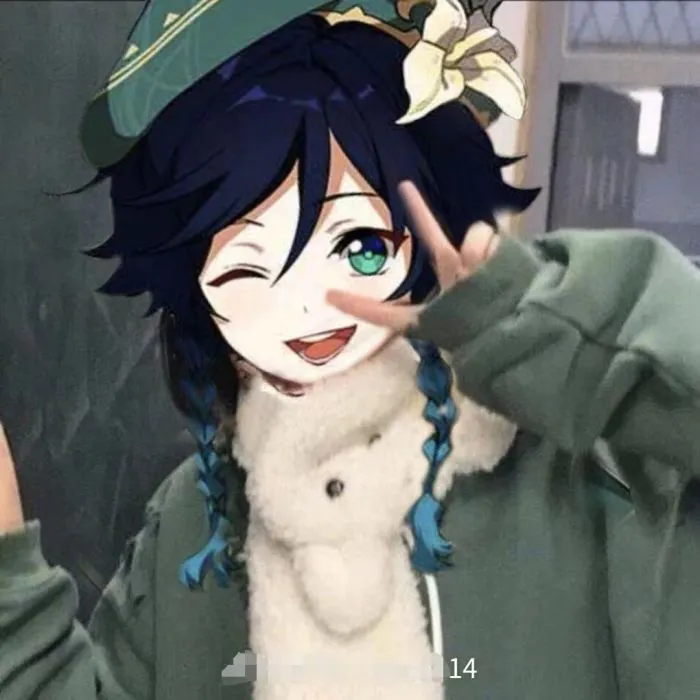简介特色
咨询热线:0519-86665878
地址:【天宁区】兰陵北路590号创业大厦1楼(九洲新世界西对面)
详细内容
一、短语归纳
1. 拍照 take some photos
2. 将秘密藏在心里 keep one’s secrets to oneself
3. 举行 (2种表达) hold(及物动词) / take place(不及物词组)
4. 为……喝彩 cheer for sb
5. 使……振作起来 cheer sb up
6. 上车/下车 get on/get off(不能用于car和taxi这两种交通工具)
7. 由……制成 be made of
8. 许多名胜古迹 many places of interest
9. 尽快 as soon as possible/as soon as sb can/could
10. for oneself 某人亲自
11. 邀请某人去某地/做某事 invite sb to sp/to do sth
12. 感受公园的美丽 feel the beauty of the park
13. 今晚去看电影怎么样?(4种表达)
How/What about seeing a film tonight?
Shall we see a film tonight?
Let’s see a film tonight.
Why not see a film tonight?
14. 加入俱乐部/我们 join the club/join us
二、重点知识
1. be going to +动词原形,一般将来时,表示打算或计划做某事。be随句子主语的人称和数量。
2. exercise 意为“锻炼、训练、练习”,是不可数名词
(1)做动词:You don’t exercise enough.
(2)做名词:作“练习”和“早操”讲,是可数名词
3. need 意为“需要”,可作实义动词和情态动词
(1)实义动词:need + 名词/动词不定式
e.g. I need much more money.
You’re too fat, so you need to take more exercise.
(2)need + v.ing形式时表示被动意义=need to be done
e.g. The flowers need watering.=The flowers need to be watered.
(3)need 做情态动词时,多用在否定句或疑问句中; 无人称和数的变化; 否定式构成是在后面加 "not"。
e.g. You need not attend the meeting tomorrow.
4. come on 的用法
(1)用来请求、激励、劝说时,意为“来吧”,如:
Come on, Lucy. Don’t be so shy.
Come on, you can do it .
(2) 用来催促别人快走/做…时,意为“快点”,如:
Come on, Mr Wang is waiting.
(3) 用来表示责备和不耐烦,意为“得了吧,行了,够了”,如:
Come on, don’t sit there dreaming.
(4) 用于体育竞赛等场合激励队友时,意为“加油”,如:
Come on, Come on!
(5)用于挑战或激怒对方时,意为“来吧,试试吧,好吧”,如:
Come on, I’m not afraid of you.
5. enjoy oneself 意为“玩的开心”,相当于:have a good/great/wonderful time 或者have fun.
拓展:enjoy sth./doing sth.,相当于like
e.g. My little sister enjoys reading picture books.
6. take a boat trip 意为“乘船旅行”。常用词组:take a bus/taxi/plane to someplace
tour指的是在各处作短暂停留的长距离旅行。
trip(休闲或公事等的)短途旅行
travel到远方去或长期旅行
journey较正式的用语;通常指有预定地点的长途旅行。
7. take care 意为“保重”或者“小心”
take care of = look after
8. invite sb. to do sth. 意为“邀请某人做某事”
e.g. I invited him to join our club.
invite sb. to sp. 意为“邀请某人去某地”
e.g. Amy invited me to her birthday party.
9. join 意为“加入、参加”,表示加入某个组织、党派或社会团体从而成为其成员。
e.g. join the pioneer 加入少先队 join the army 参军
join in 也是“加入、参加”,多指参加比赛或活动
e.g. Why didn’t you join in the talk last night?
10.beginning 意为“开始、开端、起点”
from beginning to end 自始至终
in the beginning = at first “起初,开始”,反义词组为in the end
at the beginning of…在…......开始的时候 反义词组为at the end of 在......结束的时候
11. arrive at 意为“到达”,arrive at +小地点(如村、镇、车站等)
arrive in 也是“到达”,arrive in +大地点(如国家、大城市等)
拓展:arrive,get和reach都有“到达”的意思,arrive和get都是不及物动词,前者较正式,后者较口语化。两者之后均不可直接加宾语,但可接here, there, home之类表地点的副词作状语。
e.g. We got/ arrived here last night.
要表示“到达某地”,arrive要借助介词in或者at;而get其后需接介词to,
e.g. When we got to the park, it began to rain.
reach是及物动词,后面直接跟地点名词作宾语,reach Nanjing 到南京。
12. be made of 意为“由…制成”,强调从成品中可以看得出原材料。
e.g. The desk is made of wood. 桌子由木头制成。
be made from 也是 “由…制成” 的意思, 强调从成品中看不出原材料。
e.g. Paper is made from wood. 纸是由木头制成的。
be made in “由…制造”,强调产地
e.g. This kind of machine is made in China.
be made by “被…(人)制造”,说明制造者是谁
e.g. This ship is made by the workers.
be made up of +组成部分 指由….组成
13. “It’s +adj. +动词不定式”句型,意为“做某事是…”
e.g. It s boring to stay at home. 呆在家很无聊。
此句中代词it只作形式主语,真正的主语是后面的动词不定式。
所以此句可改成:To stay at home is boring.
14. It takes (sb.) some time to do sth.意为“花费某人多少时间去做某事”,这里的it作形式主语,真正的主语是to do sth.
e.g. It takes me half an hour to walk to school every day.
城市标签:#常州市# #天宁区# #中小学培训#
 赞(0)
赞(0)
 梧桐树
梧桐树

